Scottish Fudge Donuts, freshly baked and finished with a decadent homemade fudge icing. Iconic and instantly recognisable, regardless of what you call them.


Oh boy, have I got an indulgent recipe for you here! One I have been plotting, planning and practicing for quite some time, determined to get just right.
The famous Scottish Fudge Donut!
Although I say famous…apparently they never actually existed. Have you heard of this before?
Last year a woman went into Greggs and asked for a Fudge Donut, only to be told there was no such thing. Not only that, she was advised that there had never been a cake called a “Fudge Donut” available at Greggs.
Cue everyone in Scotland (myself included) wondering if we had imagined that, or if it was one of those mad things where we all just have a universal understanding of it being called something else North of the Border. Like always pronouncing supermarkets ending in an “s”, even when they don’t (eg. Tescos, Asdas, Adlis).
To confuse matters more, Greggs had previously come out and said that they were never called Fudge Donuts, always Caramel Custard Donuts. What the…?!
Thankfully, one man came to the rescue and settled the matter with Greggs on Twitter, who seemed just as confused by the fact they are called Fudge Donuts in Scotland, as the Scots were that it is called anything but a Fudge Donut.
Anyway, whatever you call them, Fudge Donuts are a real fan favourite here in Scotland. And like any good donut recipe, I think it’s worth trying to make them yourself at least once in your life. Nothing beats a freshly baked doughnut after all!

What is a fudge donut?
Fudge Donuts are a bit of fan favourite here in Scotland. They are a simple yeast-dough donuts, which are fried before being filled with sweet, creamy custard. To finish, the tops of the donut are dipped in a beautifully golden, tooth-achingly sweet fudge icing. And if you want to create that familiar chocolate stripe on the top, simply drizzle with a little dark chocolate.
Are fudge donuts easy to make?
In terms of skill level, fudge donuts are very simple to make. However, like most yeast dough recipes, there is a bit of a time commitment. That’s not to say you’ll be spending hours making these fudge donuts, but you do need a day where you know you will be able to let the dough rise and be able to come back to it. The steps around the time waiting are actually very simple.
The only thing to be cautious of is the need to use hot oil when frying the donuts. This step is best carried by adults only, for obvious reasons.
Can you still buy fudge donuts?
Yes! In theory. Many bakeries here in Scotland sell fudge donuts, with some subtle differences depending on where you go. The most famous kind of fudge donut is of course the ones you get at Greggs. However, they seem to have rebranded them as Caramel Custard Donuts at some point, despite them still being the same thing.
So next time you’re in Greggs and fancy a Fudge Donut, ask for a Caramel Custard Donut, whilst wondering why they ever felt the need to change the name.

Ingredients:
As donuts use a rich dough, you will need a little milk, butter/margarine, sugar and egg. Full-fat milk is preferable but it’s entirely up to you what kind you use. Dairy and soya are both good choices that I have had success with.
You will also need a little extra milk for your homemade fudge icing to top your donuts with.
Butter will give the richest flavour to your donuts but margarine is actually what is used in most store-bought donuts, purely due to it being a cheaper ingredient. If using margarine, be sure to opt for a block margarine, as opposed to a soft spread.
You will also needs a little extra for your homemade fudge icing too.
Like many yeast-dough recipes, these fudge donuts call for a strong flour. Strong flours give a slightly higher concentrate of gluten, meaning they bake with a stronger structure, which is perfect for catching the gas bubbles created from the yeast. A little bit of science in baking!
A regular plain flour can be used in a pinch, but you will need to knead it a lot more, to help make the most of the lesser amount of gluten.
Caster Sugar
Again, with a rich dough a little bit of sugar is a must. And donuts are a sweet treat, so let’s make that dough extra indulgent! Caster sugar is preferable, as it’s finer texture mixes well with the other ingredients.
Instant Yeast
There was a time when you could buy various types of yeast but nowadays, Instant Yeast is the most accessible. It also works brilliantly in many recipes but especially in Fudge Donuts, as no extra measuring or preparation is required to activate it.
Free-range Egg
An egg adds the final bit of richness you want in a squidgy little donut. The size of the egg is not crucial, just be sure to use free-range.
Custard
When it comes to filling a fudge doughnut, you of course need some custard! There’s a few ways to approach this… You can of course make your own custard from scratch, using eggs, milk and sugar. Alternatively, you can cheat a little and use a custard powder and make your custard this way. Or you can take my preferred route and use a ready-made custard! This can be “fresh” custard from the fridge at the supermarket, or simply a good old fashioned tin of custard.
Brown Sugars
I did a lot of experimenting to get the perfect homemade fudge icing for donuts, let me tell you! And I believe I have cracked it. You want a combo of both light and dark brown sugar, for that perfect golden hue and delicious caramel flavour. Only got one or the other? Don’t worry – you can of course use only a light brown sugar, or only a dark brown sugar; you’ll just end up with a paler, less flavourful icing, or a darker, most intensely flavoured one. But for that perfect balance, use half and half.
Icing Sugar
Despite already having two types of brown sugar, icing sugar is still needed for the fudge icing – hey, I never said it was healthy! Icing sugar binds it all together and takes the mixture from being a caramel-like consistency, to a decadent icing.
Dark Chocolate (optional)
For that iconic chocolate drizzle over the top to finish, a little bit of dark chocolate is all that is needed. Not essential but will certainly make them a good dupe for homemade Greggs Caramel Custard Donuts.

Granny's Top Tips
• For evenly sized donuts, weigh your dough after knocking it back post-first-rise (step 5), then divide that number by twelve. Then weigh out each donut to that number, before rolling them into their balls.
• In the recipe, it suggests placing your dough-balls onto individual squares of greaseproof paper. This is a game changer!! You will then be able to move your donuts from tray/board to fryer with ease, and without compromising the structure of the now-perfectly risen dough.
• If you don’t already have a sugar thermometer, I highly recommend investing in one. This will allow you to closely monitor your oil temperature and ensure success whilst frying your donuts. Plus you can then use it to make our Scottish Tablet too!
• You can of course use a deep-fat fryer, if you have one.
• Using chop sticks to flip your donuts during frying is by far the easiest technique I have found.
• I cannot stress this enough… When working with hot oil, please please please be extremely careful. It is also worth having an awareness on how to deal with an oil fire before you start.
• When you make your fudge icing, be sure to use it straight away, as it will continue to thicken as it cools down.

Love this? Try this:


Fudge Donuts
INGREDIENTS
- 120 ml Milk
- 60 g Butter or Margarine
- 275 g Strong Plain Flour (Bread Flour)
- 40 g Caster Sugar (Superfine Sugar)
- 7 g Easy Bake Yeast usually 1 sachet
- 1 Free-range Egg at room temperature, beaten
- 100 g Custard
For the Fudge Icing:
- 50 g Soft Light Brown Sugar
- 50 g Soft Dark Brown Sugar
- 50 g Butter or Margarine
- 3 tbsp Milk
- 250 g Icing Sugar (Powdered Sugar)
- 50 g Dark Chocolate optional
INSTRUCTIONS
- In a small saucepan, add the milk and butter/margarine. Warm over a low heat, until the butter/margarine starts to melt. Remove from the heat and allow to cool a little - you don't want it to be too hot before adding to the other ingredients.
- In a large bowl, sift in the flour and sugar. Add the yeast and gently mix to combine. Make a well in the middle of the dry ingredients then add the milk mixture and egg. Mix together to create a soft, slightly sticky dough - you may need to use your hands!
- Once the dough has come together, tip it onto a well floured surface and begin to knead with floured hands, adding more flour as/when needed. Knead for around 10 minutes, until you have a smooth, stretchy dough.
- Place the dough into a oiled bowl (to prevent it from sticking) and cover with an oiled piece of cling film, or a damp tea towel. Leave to rise in a draught-free location for about an hour, or until it has doubled in size.
- Once the dough has risen, knock it back and briefly knead it on a lightly floured surface. Divide your dough into 12 even sized balls, rolling them between your hands to shape them. Place your dough balls onto individual squares of greaseproof paper (approx. 10cm²/1.5 sq-inch in size) with a bit of space between them - preferably on a tray or board - and cover again with a piece of oiled cling film or a damp tea towel. Leave in a draught-free place for about an hour, until they have puffed up to about double their size.
- In a large pan, heat your oil to 180°c/350°F (use a thermometer for accuracy). You want your oil to be deep enough for your doughnuts to comfortably fry, without sticking to the bottom. Depending on your pan size, you may need to use more/less oil.
- Using the greaseproof paper square, lift your doughnut to the oil, and gently drop it in, exercising extreme caution. Allow the donut to fry for about 90 seconds, before flipping it over, allowing the underside to fry for about 90 seconds too. Depending on the size of your pan, you should be able to fry the donuts in small batches; just be careful not to overcrowd your pan or you risk the doughnuts sticking together and the oil dropping in temperature too quickly.
- Once your doughnuts are golden brown on both sides, use a slotted spoon to remove them, holding them above the oil for about 10 seconds (to allow the oil to drip sufficiently) before transferring to a wire rack to cool. Continue until all your doughnuts are cooked, whilst continuing to monitor your oil temperature and adjusting the heat as needed.
- Spoon your custard into a piping bag with a large circular nozzle. Once your doughnuts are cool enough to touch, poke a little hole with the end of a wooden spoon to the side of each doughnut, before piping your custard into the hole. It can be a bit of trial and error (and personal preference) getting the right amount of custard in each donut, but around a teaspoonful amount is usually ideal.
- For the Fudge Icing:
- In a pan, gently melt the brown sugars and butter/margarine over a low heat. Remove from the heat before adding the milk and mixing through - the sugar should start to dissolve at this point.
- Add your icing sugar and mix to combine - you should have a lovely glossy icing. If your icing feels a little too thick, simply add a little more milk. Use the fudge icing straight away, as it will continue to thicken if you leave it to stand.
- Dip the top of each donut into the icing, allowing the excess to drip off. Finish with a drizzle of melted dark chocolate, if desired.
IMPORTANT NOTE:
All my recipes are developed using a digital scale and the metric system (grams and millilitres). Cup measurements are available as a conversion but these, unfortunately, won't always be as accurate. For best results, I always recommend baking with a digital scale.
RECIPE NOTES:








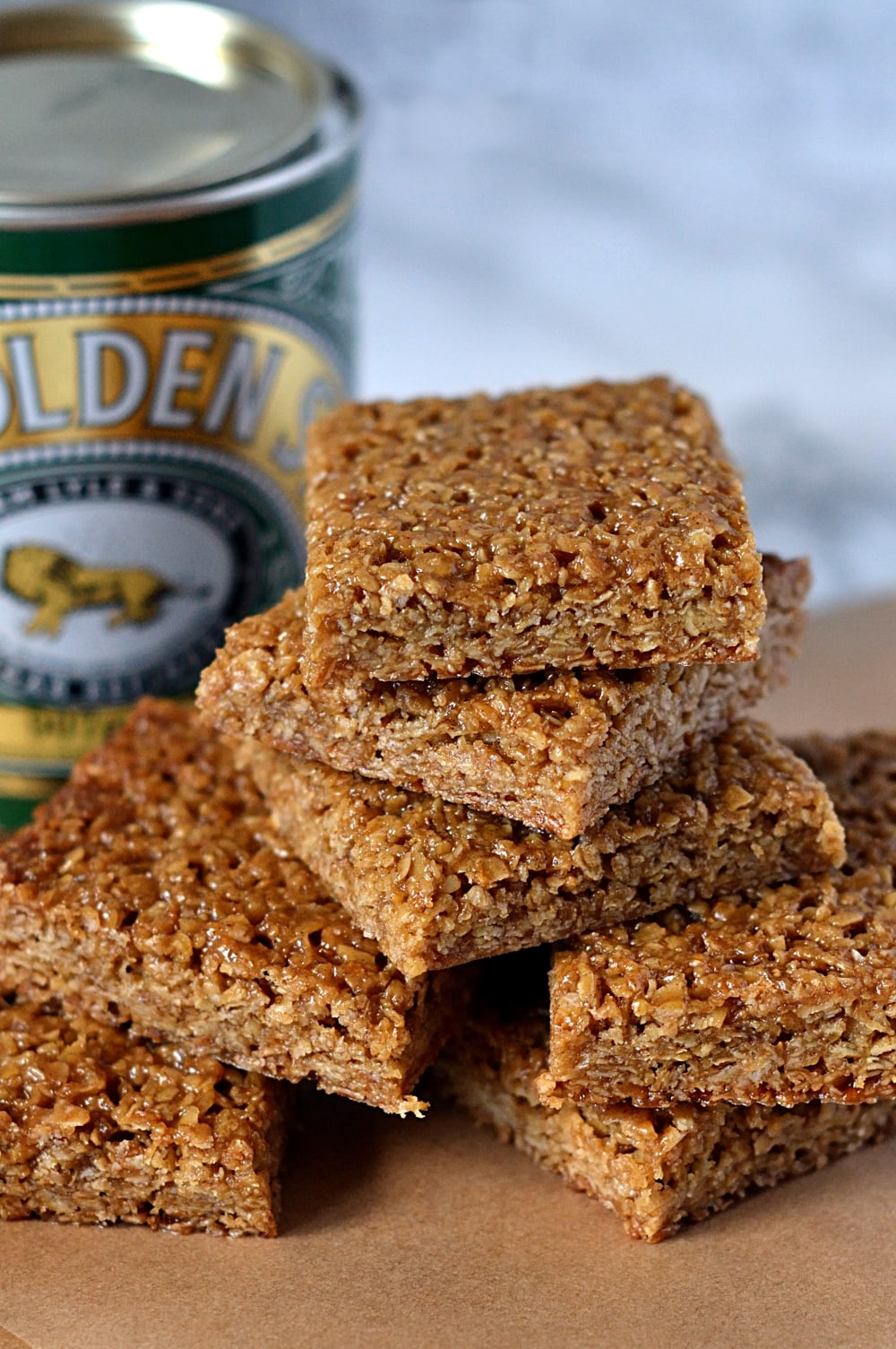

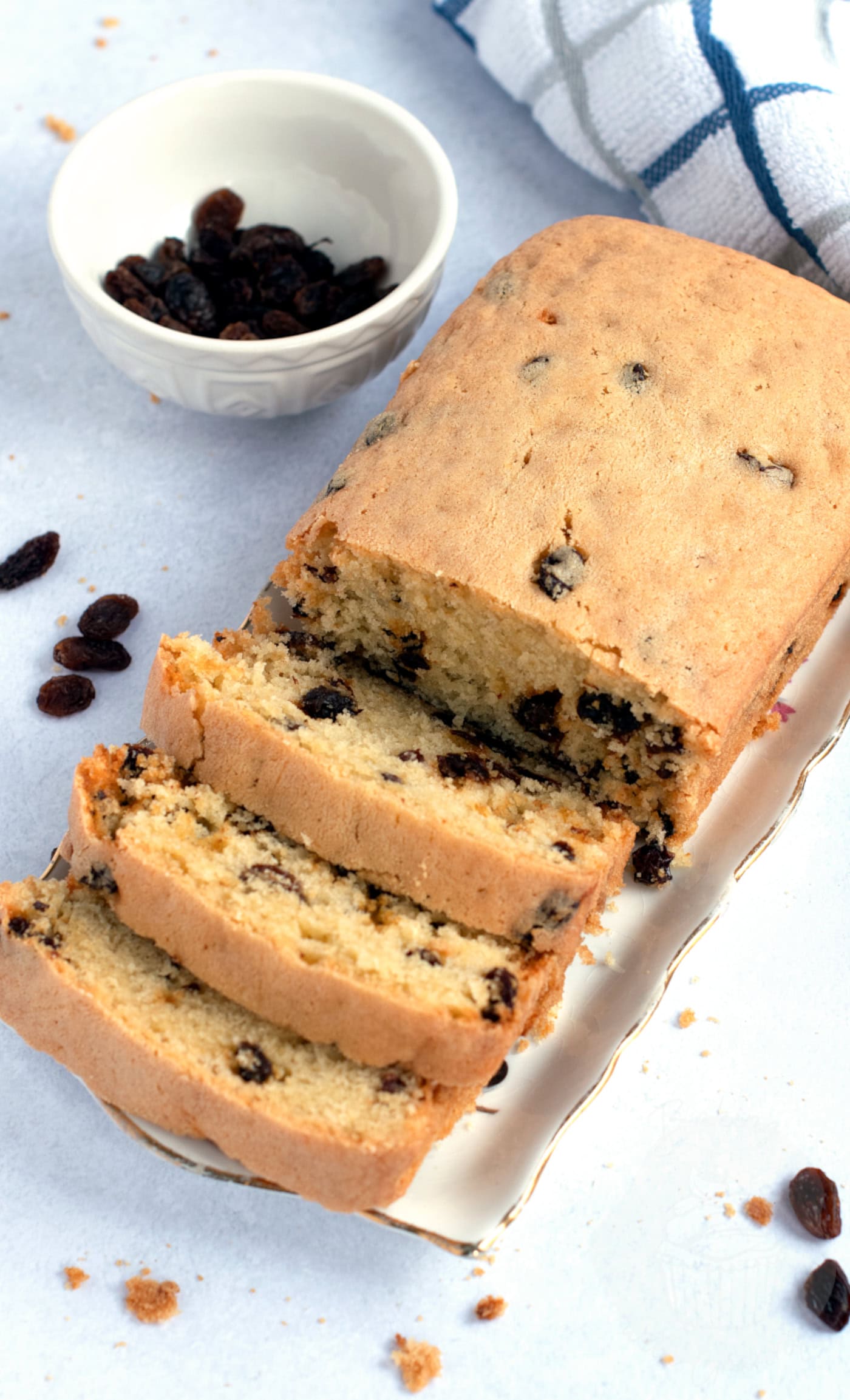
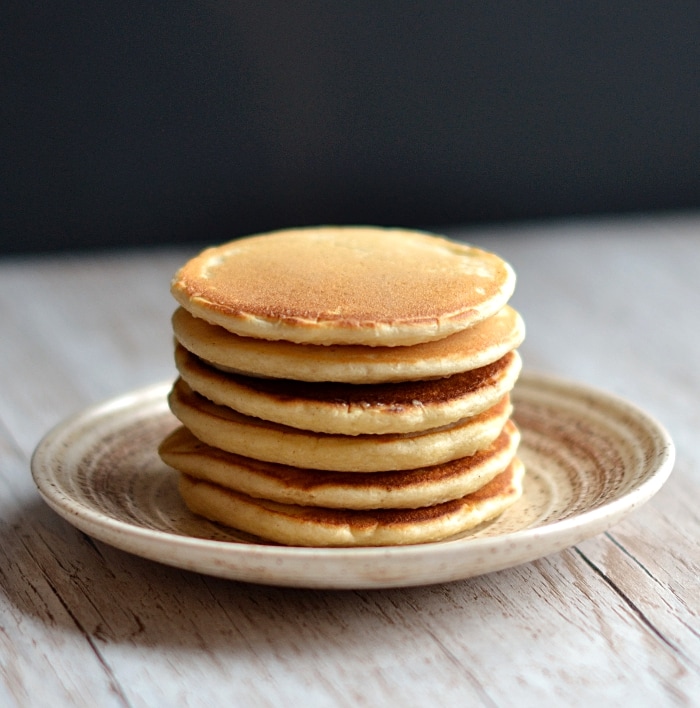
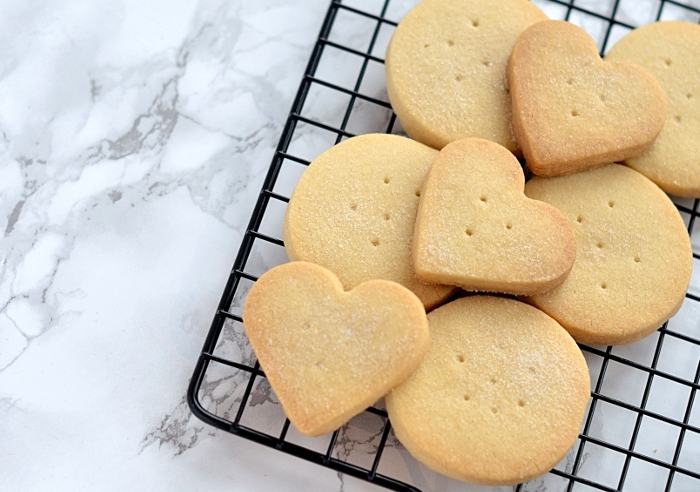








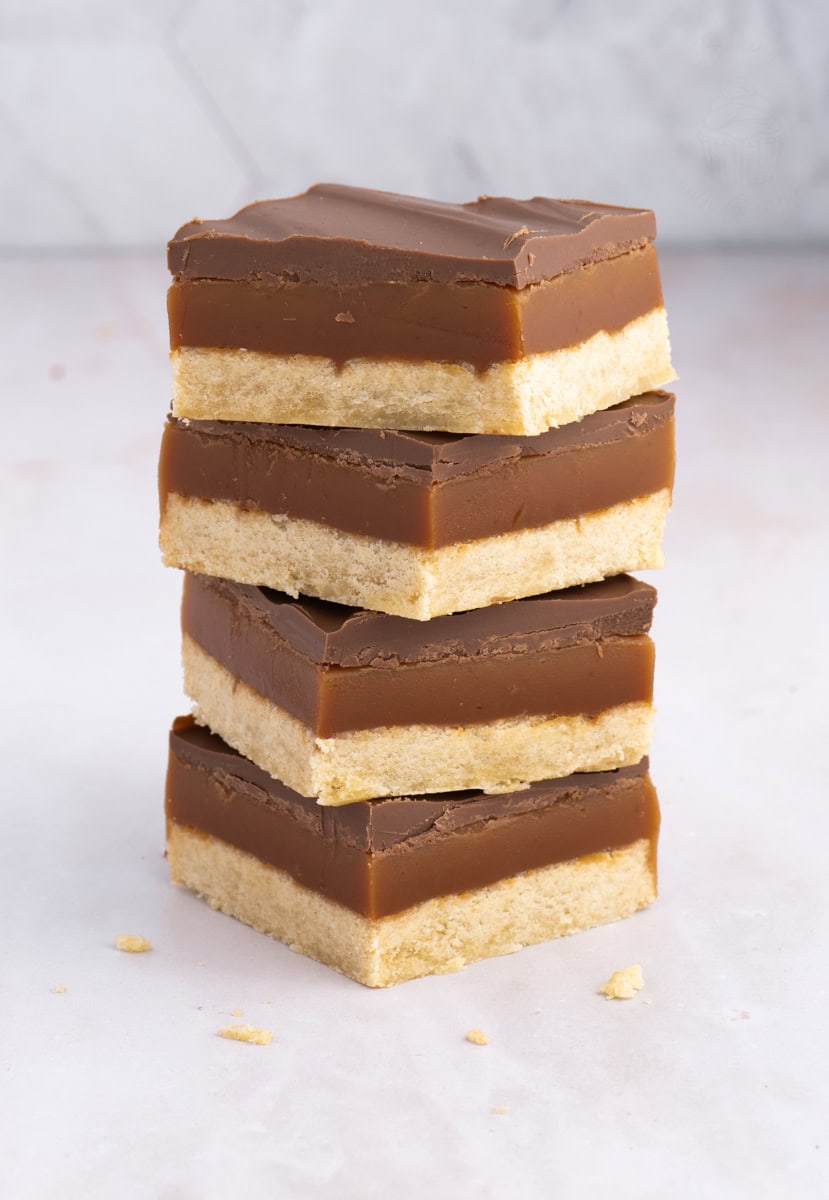

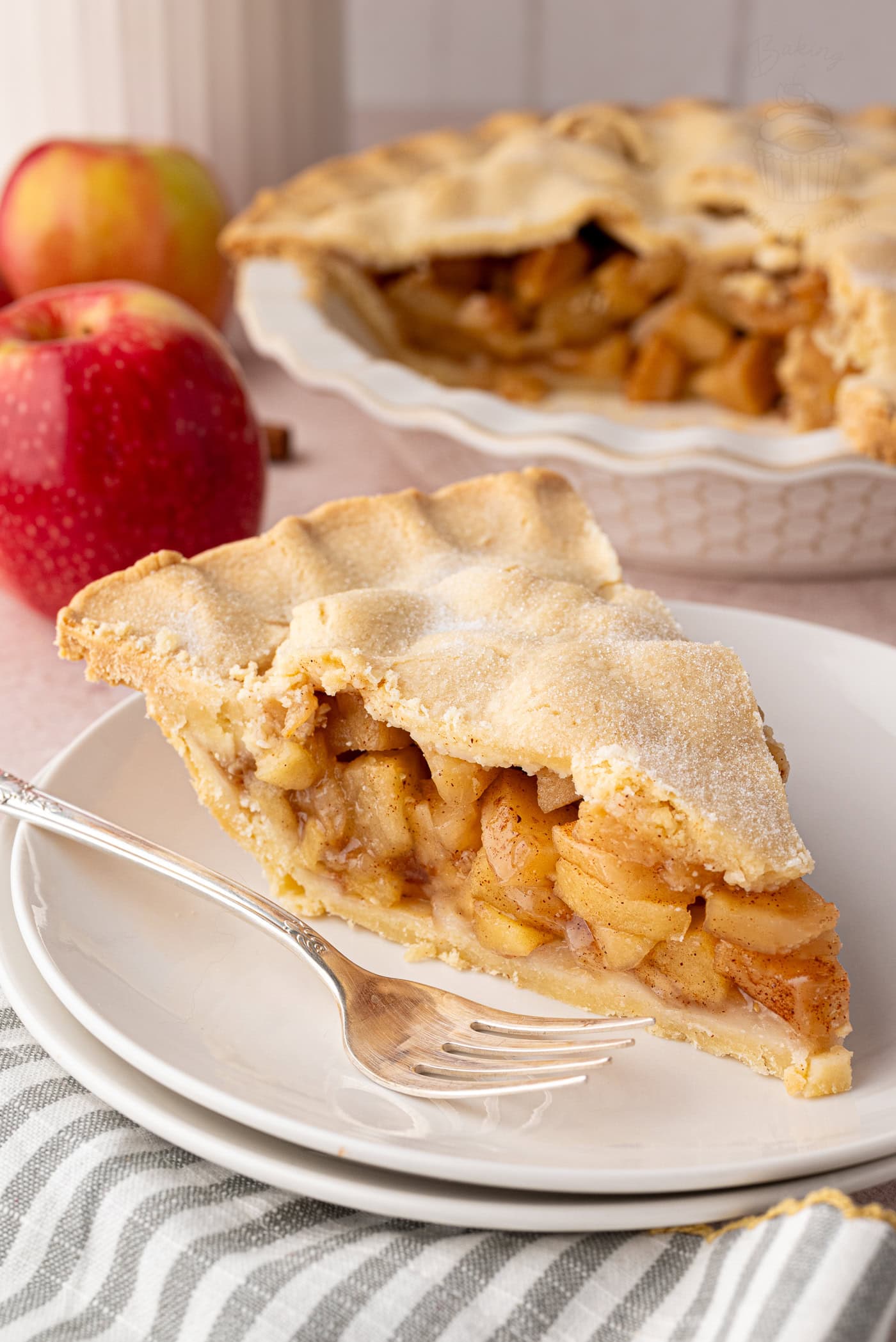


9 responses
OMG!! My fav. Need to try these❤️
I got to try i
Oh my goodness, the biggest disaster and waste of ingredients I have ever had!
First attempt and I think I over proved the dough and misread the temperature as Fahrenheit not centigrade. Absolute disaster. Gutted!!
Oh no, sorry to hear that Caroline! I would definitely recommend giving it another go. These fudge donuts are definitely worth it.
My partner could not believe his eyes when he saw this recipe! He adores fudge donuts – we only ever have them when we visit my brother who lives near St Andrews! I will have to make these! Wish me luck- I’ve never made a donut before! They look delicious
Hiya. I was wondering if there’s any way I could substitute the eggs in this recipe for something vegan? I can work out how to make the rest of the recipe vegan, but I don’t know if the dough would work without the eggs. Thanks xx
You can certainly still get fudge donuts, there is a baker in St Andrews (Fisher & Donaldson) who make these and sell them by the hundreds. Absolutely delicious. Prince William loved them while a student in St Andrews. I will be trying this recipe out at the weekend.
I accidentally had the oil to hot and deep fried them lol, (must be the Scottish in me), I also didn’t combine the dough well enough so they fell apart as I was frying them. No bother, I’ll just dip them in the custard and icing as I eat them LOL.
They still taste absolutely beautiful
Ah drat! I wanted t read your custard recipe to see if it might compare with Fisher Donaldsons, The best Fudge donuts ever. But i would like to try make my own and compete with them. So I am going to give your recipe a try. will make my own custard.